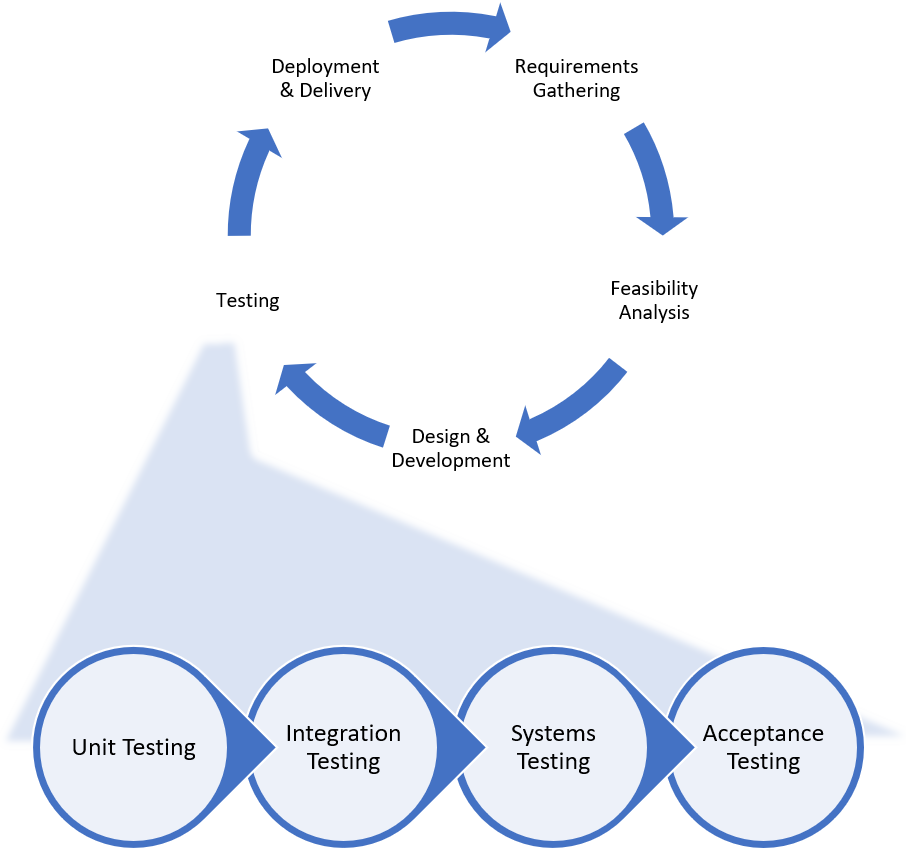Unit Testing Template For Etl Process
There is one key point to remember - DW testing is data centric, while software testing is code centric. The connections between the DW components are groups of transformations that take place on data.
These transformation processes should be tested as well to ensure data quality preservation. Primary goals for DW verification over all testing phases include:. Data completeness. Ensure that all expected data is loaded. Data transformation. Ensure that all data is transformed correctly according to business rules and/or design specifications. Data quality.
Ensure that the ETL application correctly rejects, substitutes default values, corrects or ignores and reports invalid data. Performance and scalability. Ensure that data loads and queries perform within expected time frames and that the technical architecture is scalable.

Software Testing Template For Bank Application
Utorrent 1.9 alphabetical. Integration testing. Ensure that the ETL process functions well with other upstream and downstream processes.

User-acceptance testing. Ensure the solution meets users’/clients’ current expectations and anticipates their future expectations. Regression testing. Ensure existing functionality remains intact each time a new release is completed.The Test fixture strategy is to use Fresh fixture - ensuring that tests do not depend on anything they did not set up themselves. Combined with Lazy (Initialization) setup ( If we are happy with the idea of creating the test fixture the first time any test needs it, we can use Lazy Setup in the setUp method of the corresponding Testcase Class to create it as part of running the first test. Subsequent tests will then see that the fixture already exists and reuse it) and Shared fixture (we partition the fixture needed by tests into two logical parts.
The first part is the stuff every test needs to have present but is never modified by any tests—that is, the Immutable Shared Fixture. The second part is the objects that any test needs to modify or delete; these objects should be built by each test as Fresh Fixtures. Most commonly, the Immutable Shared Fixture consists of reference data that is needed by the actual per-test fixtures.
The per-test fixtures can then be built as Fresh Fixtures on top of the Immutable Shared Fixture).-or-Minimal Fixture (use of smallest and simplest fixture possible for each test).Another option (although it’s considered as Anti-pattern) is Chained Tests (let the other tests in a test suite set up the test fixture).Pesticide Paradox - offten test automation suffers from static test data. Without variation inthe data or execution path, bugs are located with decreasing frequency. Automation should bedesigned so that a test-case writer can provide a common equivalence class or data type as aparameter, and the automation framework will vary the data randomly within that class andapply it for each test run. (The automation framework should record the seed values or actualdata that was used, to allow reruns and retesting with the same data for debugging purposes.)Can be utilized a TestFixtureRegistry via dedicated table - it’ll be able to expose variousparts of a fixture (needed for suites) via discrete fixture holding class variables or via FinderMethods.
Finder Methods helps us avoid hard-coded values in DB lookups in order to accessthe fixture objects. Those methods are very similar to those of Creation Methods, but theyreturn references to existing fixture objects rather than building brand new ones. Should makethose immutable. NOTE: usage of Intent-Revealing Names for the fixture objects should beenforced in order to support the framework’s lookup functionality and better readability.